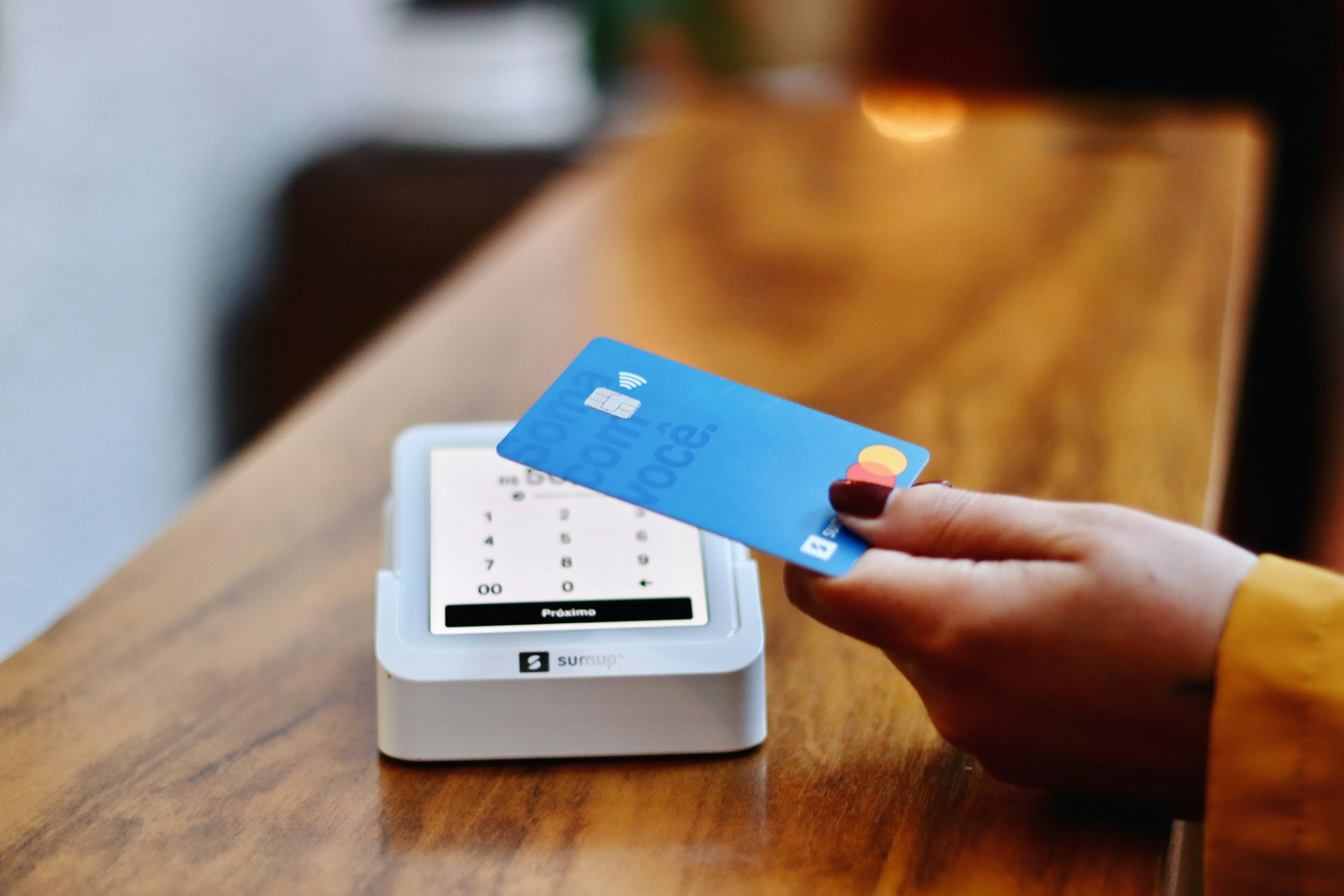You set up a rewards program because you thought it was the secret to unlocking profitable growth. Yet, you’re struggling to get customers to actually use the program - or they do use it, but only for a little while. What you’re struggling with is known as attrition.
Attrition is a common reason why loyalty programs fail. Brands see dwindling participation and lose hope, giving up on the rewards program and focusing resources elsewhere.
But the answer is often a simple tweak to rewards structure, streamlining the customer experience to make it easier to redeem rewards, or simply doing a better job staying top of mind with customers and promoting the program.
We’ll help you overcome these challenges below and we’ll also help you set your expectations for the typical attrition percentage for reward programs. Let’s first take a closer look at what attrition is, though, and how it differs from churn.
What Does Attrition Mean?
In the context of rewards programs, attrition refers to the percentage of customers who become inactive or disengaged over a specific period of time. They’re still enrolled in the program, but aren’t actively participating.
That means they’re not earning points, redeeming rewards, or interacting with your brand altogether in some cases. In other words, you wouldn’t know they were in the rewards program at all if you weren’t looking into attrition!
Many brands look at attrition as an issue, but it’s actually an opportunity. It shows you when there’s a disconnect between your loyalty program and what customers want. This could speak to unappealing rewards, poor communication, or friction in the customer experience.
Every program has some level of attrition - it’s just a matter of keeping it within a healthy range. So what is the typical attrition percentage for rewards program?
Typical Attrition Percentage for Rewards Program
Tracking your program’s attrition percentage provides a clear measure of how well your rewards program is performing over time. High attrition rates can indicate issues such as:
- Rewards that don’t resonate with your audience.
- Lack of communication or reminders about the program’s benefits.
- Complex rules or barriers to redeeming rewards.
But what constitutes “high” attrition in the first place? We want to be clear in saying that it’s going to vary from one industry to the next. Retail and e-commerce programs will have a higher attrition rate than travel and hospitality programs, for example.
On average, though, the typical attrition percentage for rewards program ranges from 20% to 50% annually. This can be as low as 10% for some subscription-based loyalty programs since recurring billing keeps participation consistent and rewards are often tied to the subscription.
Keep in mind that an attrition rate in isolation doesn’t paint the full picture. It’s important to track attrition as part of your customer loyalty analytics so that you can identify increases in real-time and take swift action.
In any case, though, a high rate of attrition means you’re leaving money on the table - so let’s help you nail down the root cause of your attrition-related woes.
What Causes Rewards Program Attrition?
We’ve referenced the three things that lead to attrition issues a few times so far - it can often be traced back to the rewards themselves, the process for redeeming them, or how you engage your customers about the rewards program.
Poorly Defined Rewards or Lack of Value
The most common culprit behind poor attrition is lackluster rewards customers don’t actually have any interest in.
Discounts that feel insignificant or perks that aren’t enticing enough to justify continued participation are going to lead to attrition, and eventually, churn.
For example, forcing customers to spend $1,000 with your brand just to earn $20 off is really not going to move the needle. It just sounds too daunting. You need much more achievable rewards.
You also need to make sure the rewards resonate with customers. Offering a $5 gift card for a demographic more interested in exclusive experiences is a serious disconnect.
Overly Complex Redemption Processes
Nothing frustrates participants more than jumping through hoops to redeem their hard-earned rewards. This goes back to making rewards easy to redeem - if it takes too long to accrue enough points for meaningful rewards, customers won’t even try.
But it could also be an issue with the actual redemption process. Confusing instructions or too many steps to redeem rewards create unnecessary friction. Friction leads to inaction - and in this case, a rising attrition rate.
Insufficient Communication and Engagement Strategies
A “set-it-and-forget-it” approach to rewards programs is a surefire way to lose participants. Customers are busy living their lives - they aren’t constantly thinking about your rewards program unless you’re going out of your way to stay top of mind.
Your audience needs to be regularly reminded about their points balance, expiring rewards, and new opportunities to earn or redeem. More importantly, your communication needs to be personalized to the user at hand. Generic messaging doesn’t cut it in this day and age.
Strategies to Reduce Attrition for Rewards Program
Attrition can undermine even the most thoughtfully designed rewards programs. But knowing the common causes of attrition, it’s as simple as reverse engineering the solution.
Here are some customer loyalty strategies you can try to not only minimize drop-offs but even transform disengaged participants into your most loyal customers.
Streamlining the Customer Experience
Take the time to walk through the process of joining the rewards program, acquiring rewards, and then redeeming them. This gives you a better understanding of where there’s friction in the process that could hold the program back.
It starts with a simple, intuitive landing page to explain the program’s benefits with instructions on getting started. Make sure to use charts illustrating what’s possible with the program and have plenty of FAQs available.
You should also make it easy for customers to find relevant information, such as their points balance or reward redemption options. Better yet, enable one-click redemption options or QR code-based rewards to eliminate unnecessary steps.
Personalization and Engagement
One of the more important customer retention statistics we’ve recently discovered is just how powerful personalization is. Customers who receive personalized experiences are 60% more likely to become repeat buyers - and they’re willing to spend more, too!
This means you need to engage in meticulous loyalty segmentation, using customer data to target communications based on purchase behavior, location, or program tier.
Make sure you’re constantly reminding customers of your loyalty program in email marketing, SMS, social media, and even on-site interactions.
We’ve seen great success from putting an expiration date on points because then you can send more frequent reminders as expiration looms closer and closer.
Revamping Rewards and Benefits
The rewards themselves have to be enticing enough to get customers excited about participating. After all, you’re almost always asking them to do something to earn points - be it making a purchase, leaving a review, referring a friend, or liking a post. What’s in it for them?
Ideally, you’d let customers choose what they earn. Picking between monetary perks, exclusive products, or experiential benefits means there’s something for everyone.
You could even looking adding tiered benefits, with increasingly compelling rewards for your VIP customers. This adds a more exclusive element to the program and also gamifies it to some extent as customers try to reach the next level.
Our blog has more tips on how to reward customer loyalty, and you can also check out these customer retention examples if you want more inspiration.
Analyzing and Acting on Feedback
Customer feedback is your best resource for spotting issues and fine-tuning your program. If you have customers opting out of the program at a high rate, ask them what’s prompting the decision.
Is it lackluster rewards? Is a competitor offering something more exciting? Is it frustrating to redeem the rewards? Did they simply forget the program existed?
An exit survey can be your secret weapon in figuring out what’s wrong and then fixing it. Make incremental improvements based on feedback and communicate these changes transparently to show customers their input matters.
Final Thoughts on the Typical Attrition Percentage for Rewards Program
That does it for our guide on the typical attrition percentage for reward programs. While some level of attrition is to be expected, there’s cause for concern anytime it starts rising above a certain threshold. That might be anywhere from 20-50% depending on your industry.
Fortunately, most attrition issues can be traced back to one of three things: unenticing rewards, friction in the process, or poor communication/engagement. We encourage you to optimize all three of these variables to make the most of your rewards program.
Whether you’re trying to set up a Shopify loyalty program or a Shopify referral program, Rivo is here to help with an intuitive, customizable platform that drives revenue and strengthens loyalty. See how it compares to the alternatives below:











